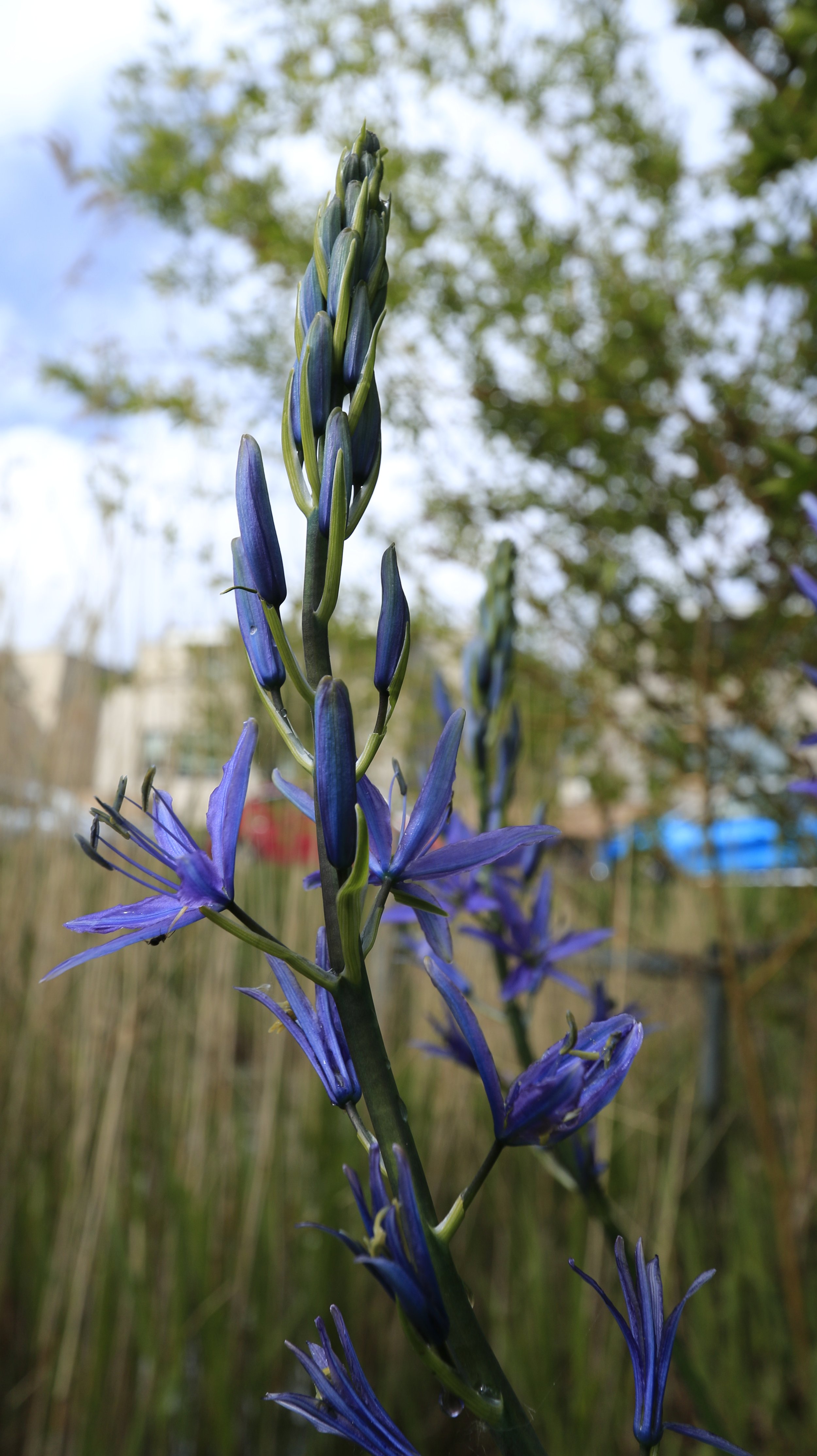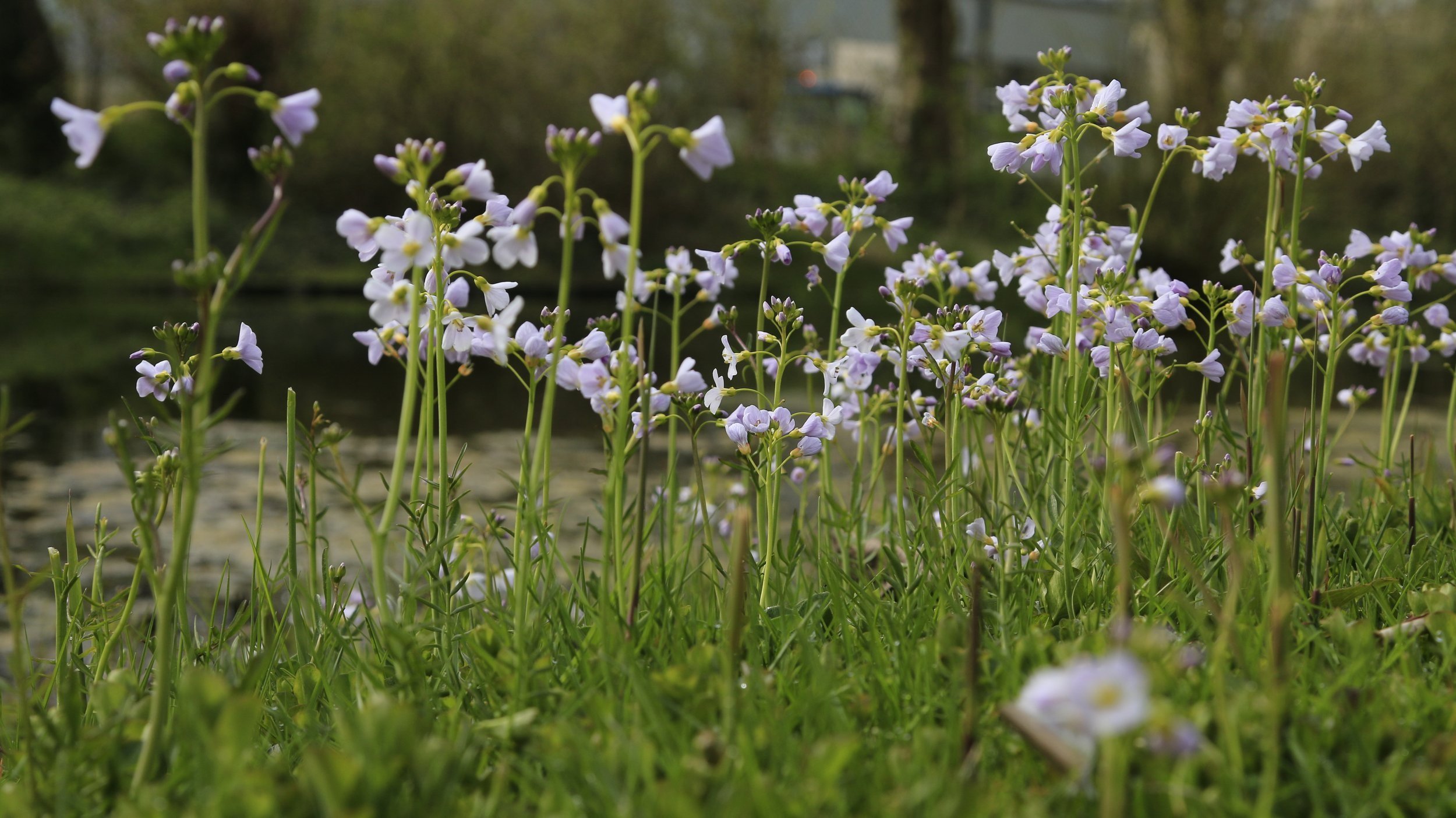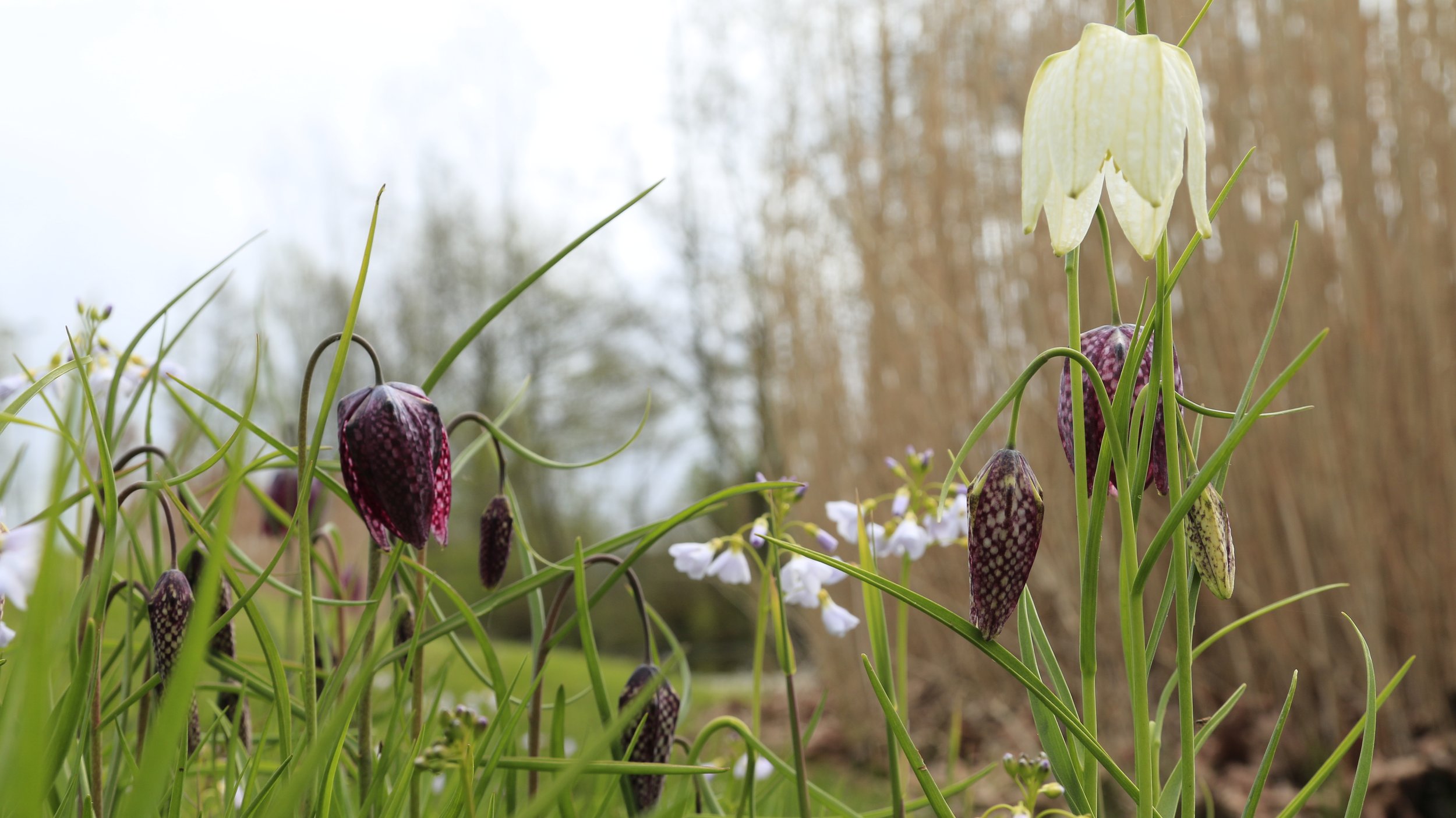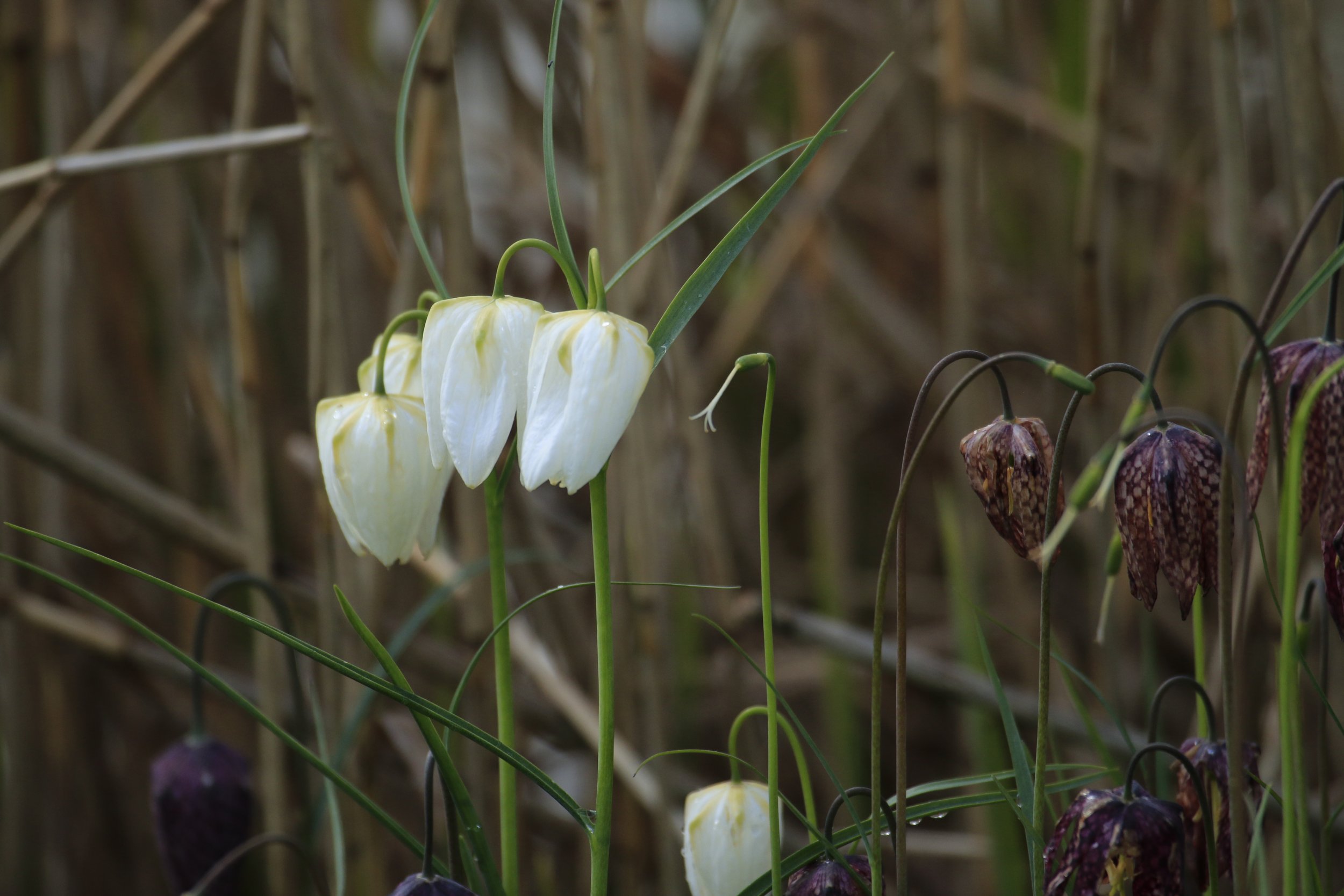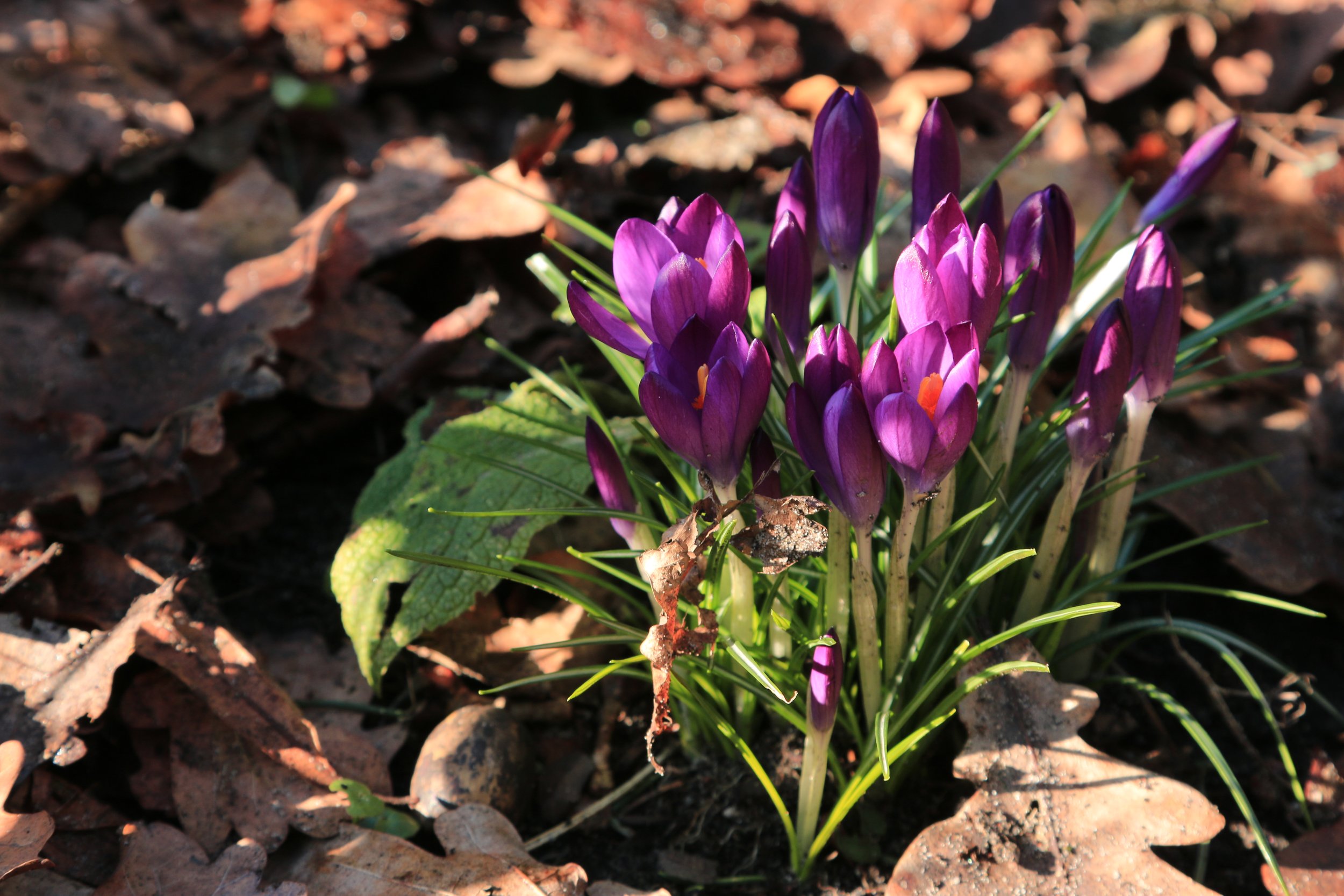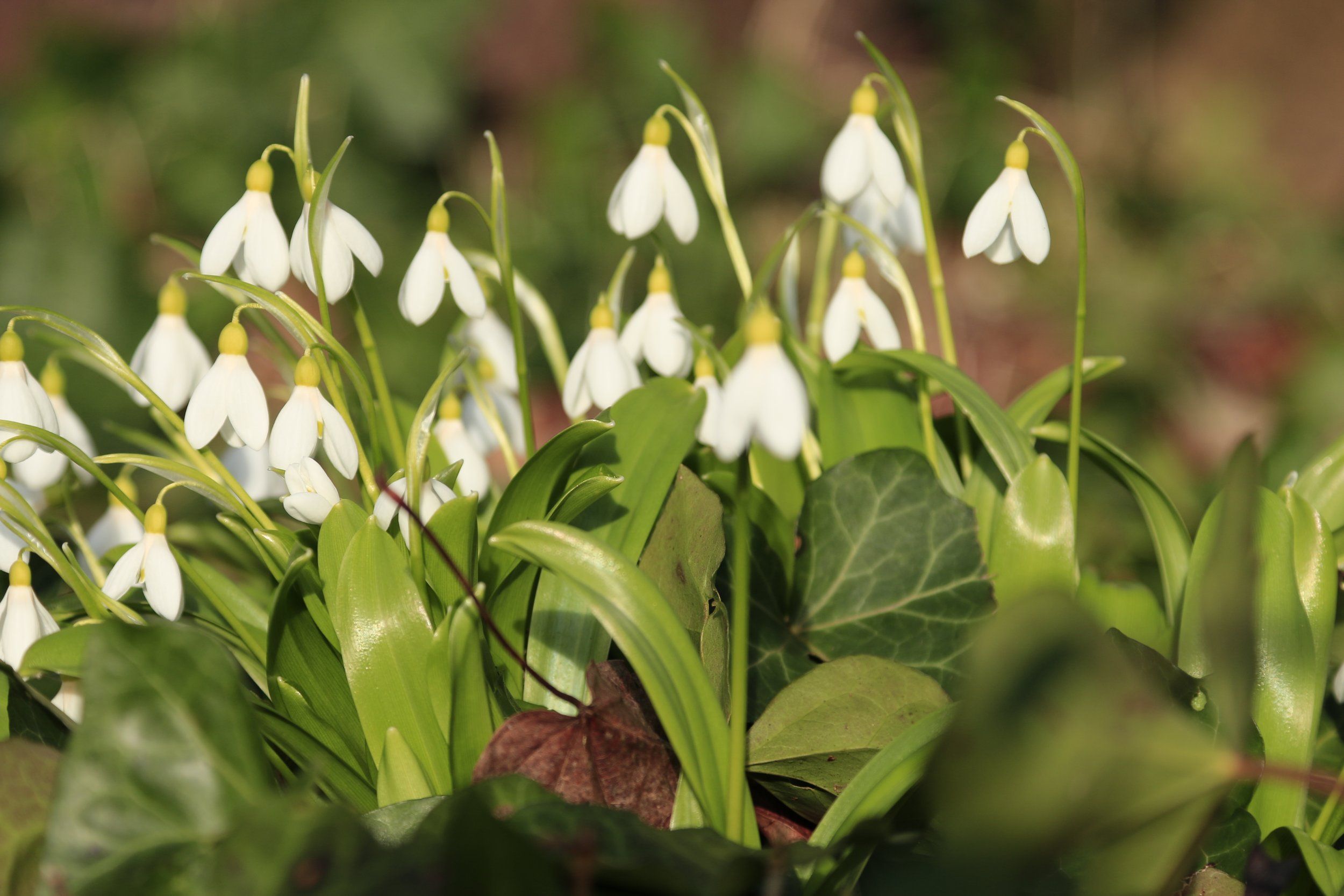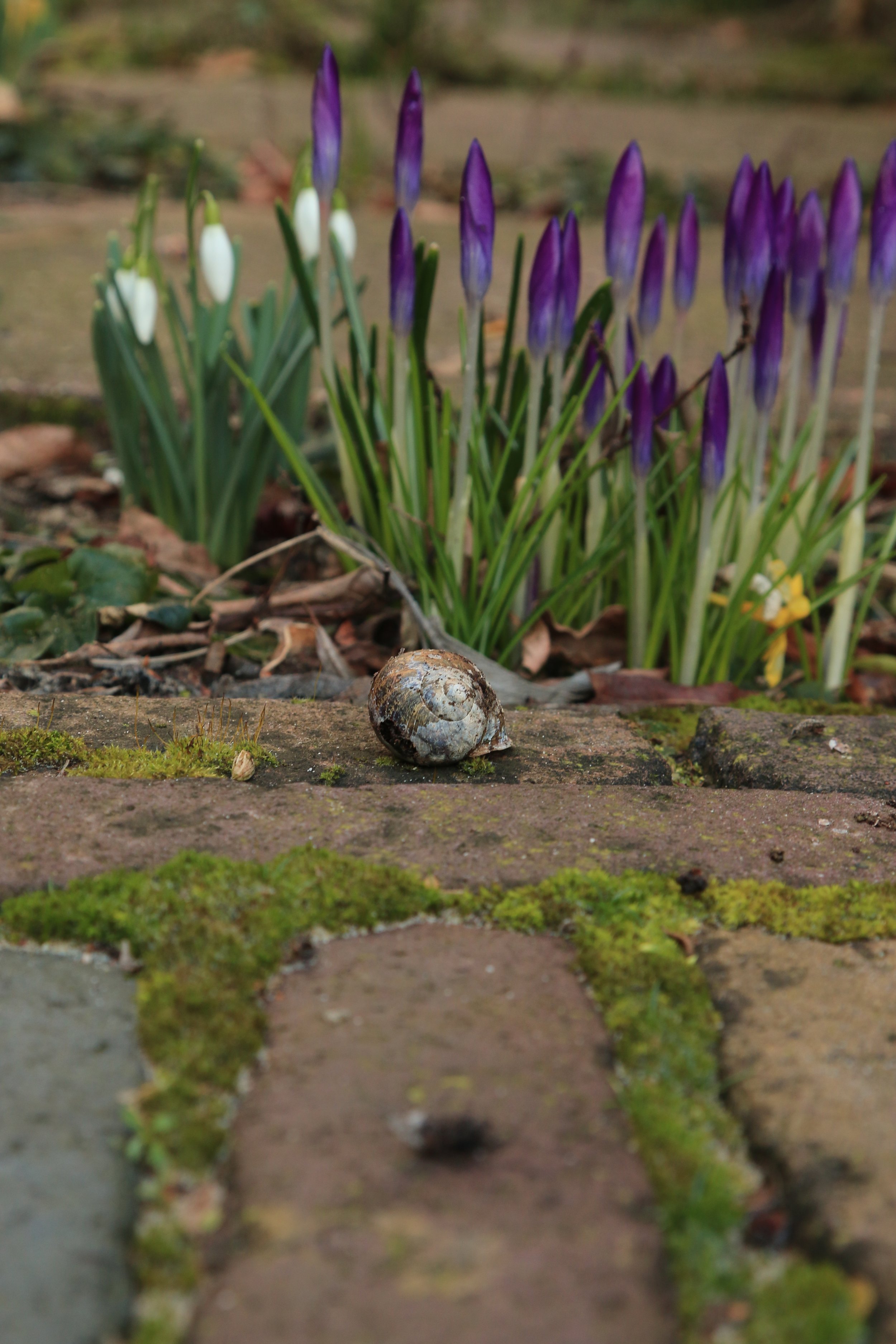What is a Stinzen plant?
Stinzen-what?⠀⠀⠀⠀⠀⠀⠀⠀⠀
Stinzen plants are historical bulbs growing for centuries as wildflowers. While some of them are native, others are imported. It was botanists and explorers who introduced these flowers to Europe in the 16th century.
Dutch Stinzen gardens
There is a Dutch term for ‘Stinzen plants,' which can be found in gardening books or magazines. Stins is the Frisian word for a stone-built house. These were once the country estates and luxury properties of the aristocracy. The owners of those houses were the first to surround their houses with wild spring flowers such as Snowdrops, Winter Aconites, and Wood Anemones to make their estates look even more impressive.
Leucojum vernum
The great thing about those Stinzen flowers is that they naturalize, increase in numbers to form masses of spectacular flowers. It is easy to imagine how this ability to easily naturalize made them so popular. They come back year after year in greater numbers. Most of them bloom during springtime. Shade-tolerant (easy to plant under a tree), they bloom in spring, before deciduous trees and shrubs sprout leaves. Some appear at the beginning of the year (Snowdrops), some later in the season (Lily of the Valley); the Autumn Crocus blooms in September and October. What’s not to love about these easy, beautiful, historical plants?
Favourite Stinzen Plants
Muscari latifolium + Scilla siberica ‘Alba’
Snowdrops/snowdrops (Galanthus spec.)
Wood Anemone (Anemone nemorosa)
Lily of the valley (Convalaria majalis)
Bluebell (Hyacinthoides)
Autumn crocus (Cochicum autumnale)
How to combine Stinzen Plants
I love to plant snowdrops next to entrances and in woodland garden schemes, along with evergreen ferns under mature trees.
A formal lawn comes to life when you plant crocuses along the edges. I usually plant spring and autumn flowering crocuses in my lawns so you can enjoy their happy flowers twice a year.
Combine Stinzen Plants with other spring flowers, such as yellow dwarf daffodils with blue Muscari, to create colour contrasts in your plant borders.
Or plant Snowdrops, Winter Aconites, wild Daffodils and Wood Anemones underneath a hazel tree or a winter-flowering Witch Hazel to create magic in your garden.
Lane with Yellow and White Daffodils (Narcissus)
Where to find Stinzen Plants information
Gardening enthusiasts might be familiar with the Stinzen plants but you might not know them all.
There are many of them and you can find them and their flowering times here!
If you would like to know more about Stinzen gardens and their history I selected the following list of books for you:
It's in Dutch, but it's worth browsing through and admiring the beautiful pictures of plants.
Stinzen plants, because of the way they grow and form beautiful displays, will give any garden a natural and more personalised style. Remember they reproduce naturally so you can choose the colours and let them do the rest. And don’t forget to plant your Stinzen plants somewhere where you will be able to see them bloom and enjoy them daily.
Photograph: Raf Wittebrood / Wesseling Tuinen
More Tips & Advice?
Book a garden design consultation with me: jana@botaniq.nl / +31 6151 89494
Subscribe to our monthly Newsletter to get tips, recommendations, and outdoor improvement ideas.
